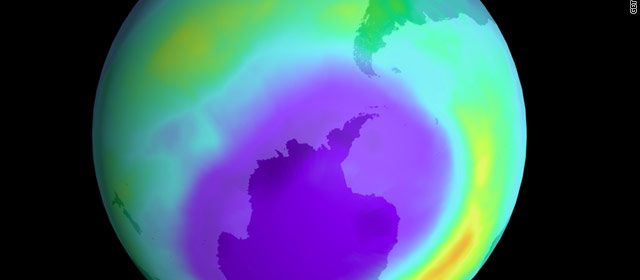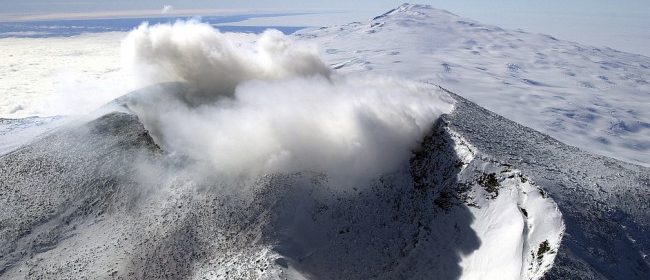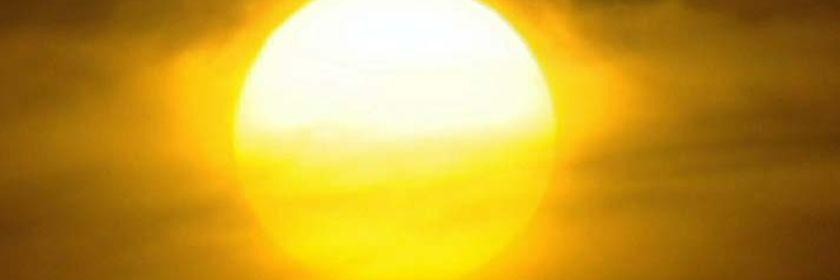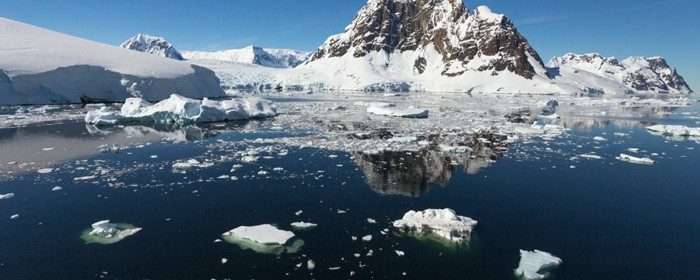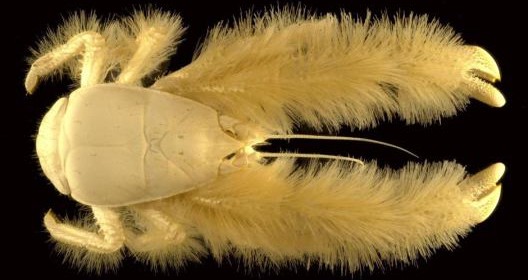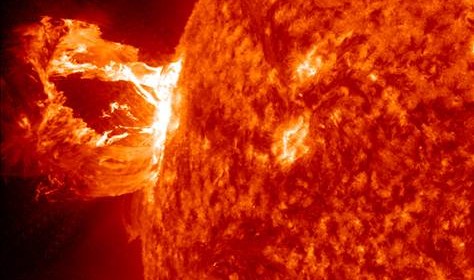Humans’ indelible mark on new era
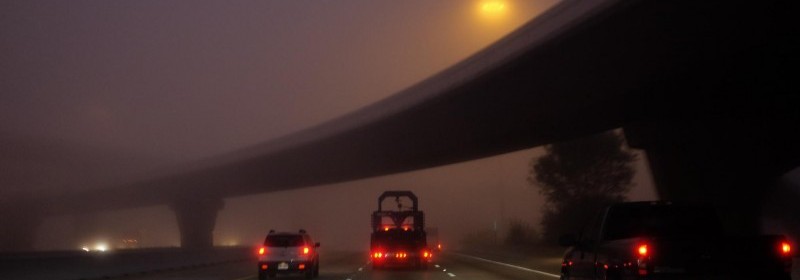
Geologists are convinced that humans have left a mark upon the planet that will detectable millions of years from now. Long after human civilization has perished, there could be a stratum of fossilized rock and a geological time zone that says: “We were here.” So there is a case for calling the present epoch “the Anthropocene” − probably dating from […]
Read more

